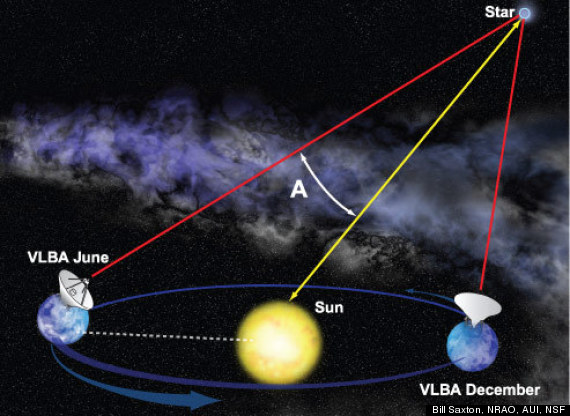Huffington Post - 6/4/13, Miriam Kramer

Our home in the Milky Way could be much larger than ever thought before, according to a new study.
Astronomers using the National Science Foundation's Very Long Baseline Array (VLBA) found that the area of the galaxy that holds Earth and the rest of the solar system is a prominent feature of the spiral galaxy.
The solar system exists in a part of the galaxy known as the Local Arm. Until now, scientists thought that this particular part of the Milky Way was just a tiny spur between two large branches known as the Sagittarius and Perseus arms.
For more on this story please see The Huffington Post